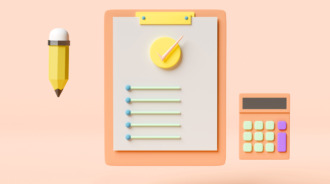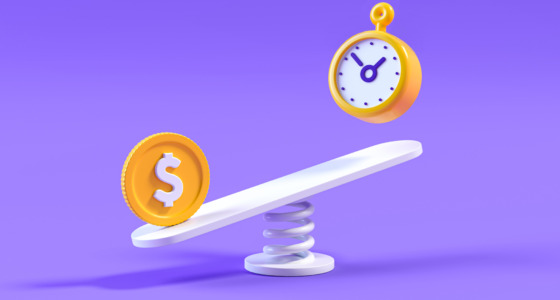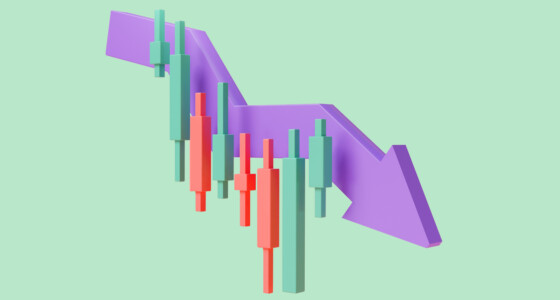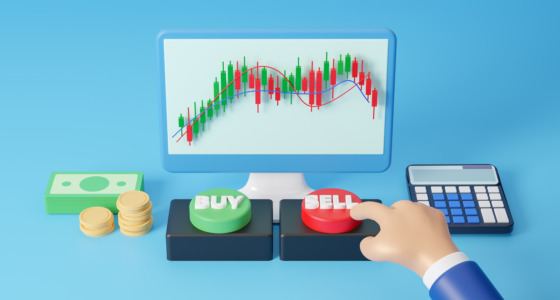

What do LeBron James, Jennifer Lawrence, and Mark Wahlberg have in common? It’s just not their talent or fame. It’s their shared mastery of money management skills! For instance, LeBron James has his own successful production company SpringHill Entertainment, Jennifer Lawrence is putting those Dior endorsement funds into savings, and Mark Wahlberg has a number of investments in restaurants, fitness, and other ventures.
Now, what about trading? If you’re a beginner trader on Binomo and wondering how to apply smart money management to your trading plan, you’ll definitely find this post informative. Here are five tips to help you get it right, along with some other valuable insights.
How having a trading budget benefits you

The key advantage of establishing a trading budget is the clarity it brings to your activities:
- You have a clear understanding of how much capital you have available for trading, which helps you avoid impulsive or emotional trading decisions that can lead to losses.
- You can determine how much you aim to earn or what level of risk you are comfortable with.
- A trading budget makes it easier to track your performance and evaluate the effectiveness of your trading strategy. You can compare your actual trading results against your budgeted goals and adjust if needed.
- Knowing exactly how much you can afford to trade with provides peace of mind, as you are not constantly worried about the financial implications of each trade.
Imagine not doing this. Without one, you might make impulsive and emotional decisions, have uncertain risk management, struggle to set realistic goals, and find it challenging to track your progress. It’s like sailing without navigation — risky and unpredictable.
Psychological aspects of budgeting
Trading budgets, like any financial planning tool, address the psychological aspects of trading.
Greed in trading: Greedy traders make high-risk trades, chase assets with little research, and hold onto profitable positions for too long, hoping for even more gains.
Fear: Fear can cause traders to make irrational decisions hastily exiting the market. In extreme cases, fear escalates to panic and triggers market sell-offs as traders engage in panic selling.
Regret: Traders feel regret when they miss an opportunity and then hastily enter a trade as an asset moves rapidly. This behavior goes against trading discipline and leads to even bigger regrets when the asset later declines from its peak levels.
But with a budget, you have clear boundaries and constraints that help you manage emotions like greed, fear, and regret. As long as you set it up correctly and stick to it diligently!
Tip 1: set clear trading goals
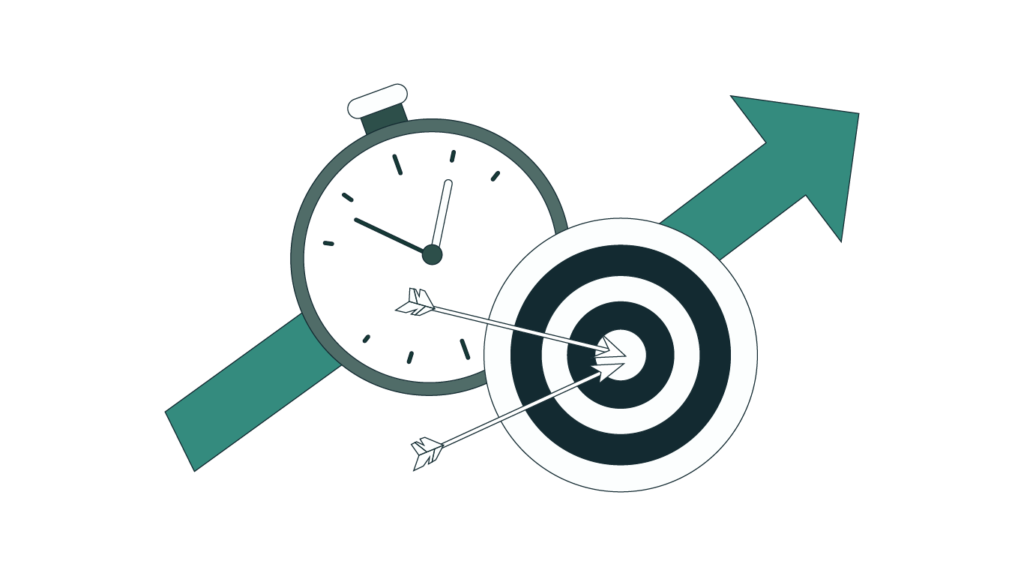
Depending on what you want to achieve in your trading journey, you’ll need different amounts of capital. If you’re a beginner looking to learn and gain experience, it makes sense to start with a modest budget. You don’t need much to make small trades while minimizing risk.
On the other hand, you may be after something bigger. If you’re focused on generating results and are willing to accept some losses along the way, it’s worth allocating more funds to your budget. With this flexibility in the budget, you’ll be able to take on larger trades and engage in more market opportunities.

Tip 2: create a trading plan
Your trading plan is your personal roadmap, uniquely tailored to your circumstances. Consider these key aspects for building a budget:
- Allocate sufficient time for trade monitoring that’s aligned with your preferred schedule — whether it’s full-day tracking or specific time periods.
- Define your short, medium, and long-term objectives. Example: “I want to boost my portfolio by 15% in a year. I’ll seize opportunities three times monthly, with risk adjustments every three months if I exceed the 15% target. I’ll also dedicate at least two hours weekly to financial news.”
- Determine your preferred risk-reward ratio. For instance, a 1:3 ratio means risking $200 for a $600 potential gain. Generally, it’s wise to risk less than 2% of your total trading capital per trade to manage risk effectively.
- Choose the markets you understand best. For example, forex markets and commodities.
By considering these factors, you’ll have a clearer idea of the funds you’ll need to put your plan into action. For instance, you can decide to set aside $1000 each month for the first six months.
Tip 3: separate your trading capital
Think of it this way: just like you’d set aside money specifically for a car purchase, you’d want to maintain a separate account or fund for your trading capital. This separation prevents any confusion and ensures you don’t accidentally mix up your trading funds with your regular finances.
At any point, you must have an accurate picture of the funds available for trading.
Tip 4: set daily, weekly, and monthly limits
Now that you have a clear idea of what your budget is, divide it across days, weeks, and months. The concept is simple: understand how much you can trade with during these timeframes and stick to those limits. But there’s no need to force trades just to use up your budget.
These limits will be there to help you avoid impulsive decisions and the temptation to overcommit.
Tip 5: monitor your expenses

In your trading budget, it’s crucial to keep a close eye on brokerage fees. These fees are part of the cost of trading and can eat into your budget, as well as affect your overall returns. When choosing a broker, assess the services they offer and whether the associated costs align with your budget.
While online brokers offer low fees for basic trading and investing, track these expenses with some regularity. Understand how much money you’re spending on fees and factor that into your trading budget. You’ll appreciate having this habit when your trades become larger in size!
When to reevaluate and rebuild your trading budget
Scenario 1: change in financial situation
Whether you’ve received a substantial windfall or encountered a financial setback, consider it the right time to reassess your trading budget. A windfall might allow you to allocate more capital to your trades or adjust your risk tolerance, while financial setbacks may require a more conservative approach to protect your remaining capital.
Scenario 2: shift in trading strategy
Suppose you’ve decided to transition from day trading to long-term investing, or you’ve adopted a completely new trading strategy. When this shift occurs, it’s wise to allocate resources differently to consider factors like holding periods, diversification, and risk management.
Scenario 3: market volatility and ineffective budget
If you find that your current budget isn’t helping you manage these market fluctuations effectively, it’s time for a review. This will keep your budget an effective tool for navigating turbulent markets.
Common budgeting mistakes
Here’s what many people get wrong about a trading budget:
- Making the budget too late — If you put off setting up your budget, you might end up forming some bad trading habits that are tough to shake. You might as well start with a budget right away to avoid those tricky habits down the road.
- Being unrealistic or overly hopeful — You shouldn’t live by unrealistic profit expectations or assume the market will always favor your trades. Budgets are meant to be objective and take into account different aspects and scenarios.
- Thinking it’s a suggestion — Viewing your budget other than as a binding commitment to maintain financial discipline is a big mistake.
- Lack of prioritization — To avoid misallocation of funds and missed opportunities, know which budgetary expenses come first, like trading fees and a contingency fund.
- Lack of accountability — Don’t place blame on external circumstances for overspending your budget. Instead, take ownership of the situation and manage it yourself.
- Getting discouraged when your budget isn’t working — It’s perfectly okay if a trading plan doesn’t work out as expected; that’s precisely why there’s a section about reviewing and adjusting the budget.
- Not fixing your budgeting failures — The real deal breaker isn’t having the wrong budget initially. What you really don’t want is the indecision or negligence to make it right for your needs and circumstances.
Takeaway
Trading doesn’t require a fortune to start. You can begin by trading small amounts that are in line with your goals, gradually accumulating your funds on Binomo. Simplify the process with a monthly trading budget and follow a few rules, including separating your trading funds, establishing limits, and closely tracking your expenses. Here’s to trades ahead!
Sources:
Tips for setting up an investment budget, Trading212
How to create a budget: your guide, Morgan Stanley
